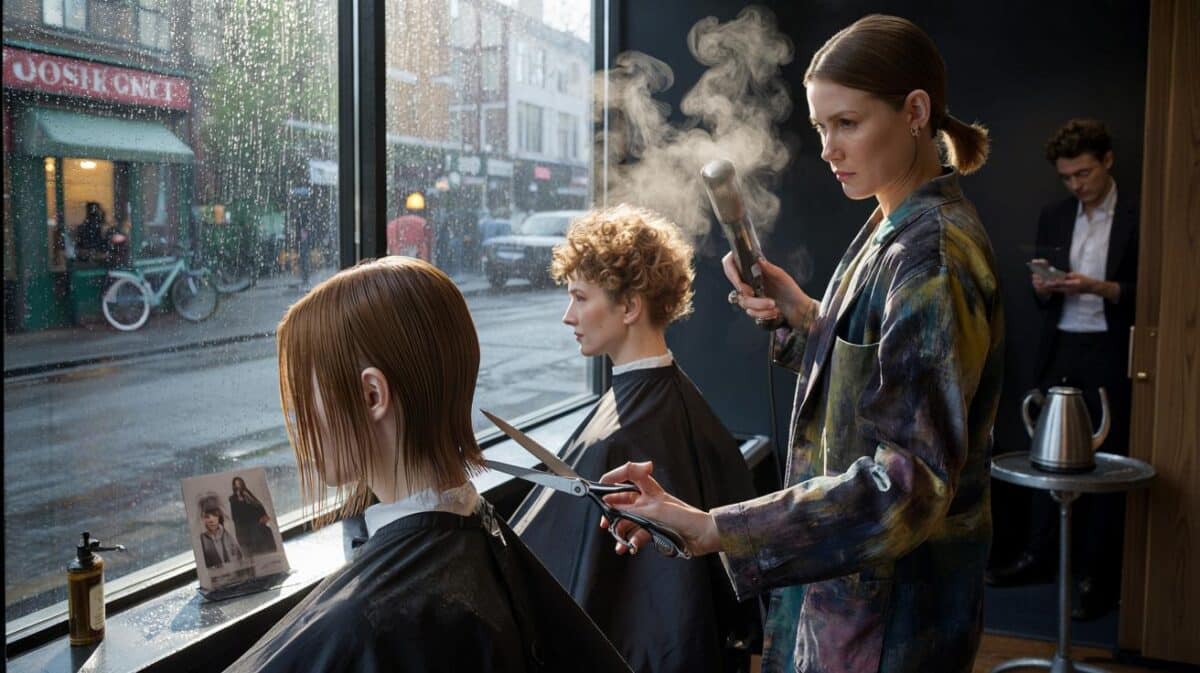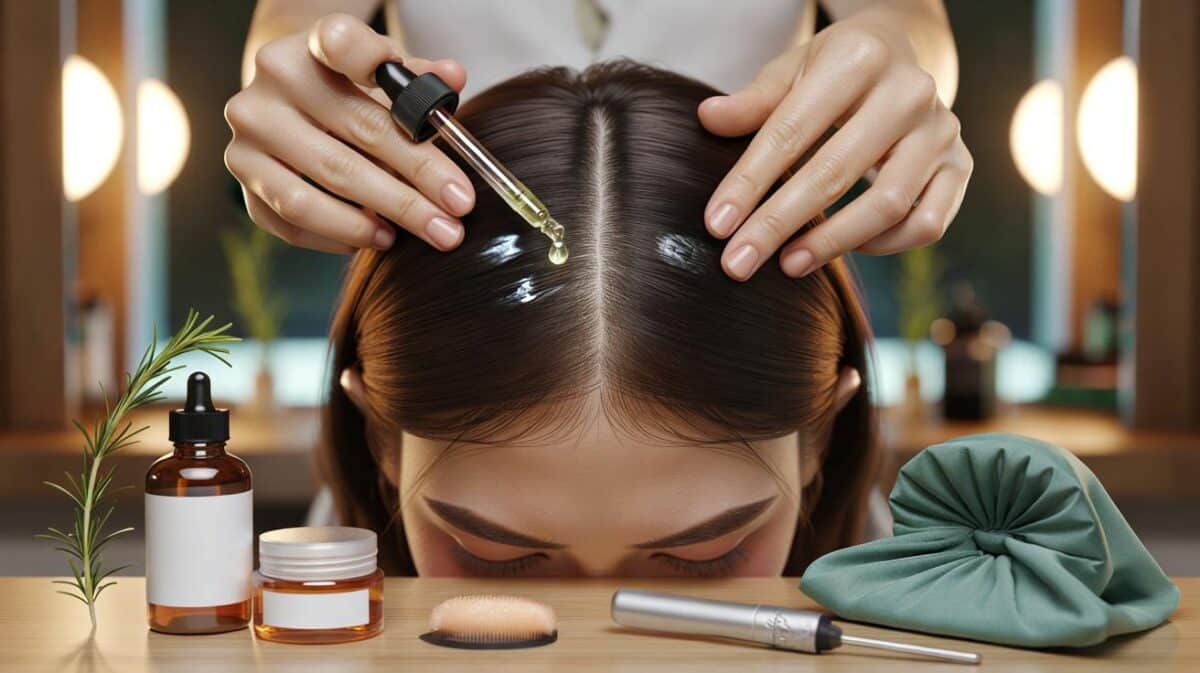They hide where we tap, dip or key in details, then drain accounts in the background while we drive off. Before you squeeze the handle, there’s a tiny ritual that tilts the odds back in your favour.
The forecourt was half-asleep, all sodium light and wet tarmac. The woman ahead of me was juggling a toddler and a takeaway coffee, the pump beeping impatiently as she poked at the keypad. She glanced at the shop, shrugged, and slid her card into the reader. I noticed the fascia around the slot looked oddly proud, like a phone case that didn’t quite fit. Curiosity nudged me. I gripped the plastic and gave it a firm tug. It shifted. Just enough to feel wrong. The cashier came out, brow furrowed, and thanked me for flagging it. He’d been warned about a gang moving along the bypass. The police want simple habits to spread. The fix? Five seconds.
The quiet reason pumps are prime for skimmers
Petrol pumps are busy, exposed and predictable. That’s a dream for fraudsters hunting for card data with a portable overlay or a discreet internal tap. The crooks don’t need to rush; a forecourt rarely stops. They pick the pump farthest from the cashier, clip a lookalike shroud over the reader, add a tiny camera or bogus keypad, then melt away until their stash of numbers is full.
Amira, a nurse from Leeds, told me she noticed nothing. She paid at pump after a night shift, drove home, slept, and woke to three withdrawals in another city. The bank reversed the charges, but the admin chewed her week. Police bulletins across the UK keep flagging forecourt clusters because the pattern repeats: dark early hours, remote pumps, hurried customers, a crime that hides in the gap between routine and attention.
Here’s the logic. A skimmer wins when the device stays unnoticed for long enough to harvest a batch of cards. So the design is subtle: an extra front plate that matches the pump’s livery, a keypad that sits a millimetre higher, a card slot that wobbles instead of locking tight. Some crews go inside the cabinet via a popped panel, so you might see a broken seal or tape that looks tampered with. They gravitate to pumps with poor sightlines and lots of throughput. Your habit needs to break their rhythm.
The one simple step before you pump
Do the five-second check. Place a thumb on the card slot and a finger on the keypad frame, then give the whole faceplate a deliberate wiggle. Real hardware feels bolted down; a skimmer flexes, creaks or lifts on one edge. Glance at any tamper-evident seal on the pump’s access panel: is it torn, bubbled or misaligned? If anything feels off, move to a different pump or walk inside and pay. *Do the tug test.*
Most people skip this because they’re late, it’s raining, or there’s a queue behind them. I get it. On a busy morning, two seconds can feel rude. So make it tiny and brisk: tug, look, decide. If you’re still uneasy, go **contactless first** with your phone’s wallet; tokenised payments are hard for skimmers to monetise. Failsafe option? **Pay inside** where the terminals are staffed and monitored. Let’s be honest: nobody really does that every day. But on a lonely pump at 11pm, it’s worth the walk.
Fraud specialists keep telling me the same thing: friction beats theft. A small habit that slows a crook is better than a perfect plan you never use.
“If a reader moves, squeaks or looks mismatched, leave it. A firm tug is often enough to expose an overlay,” says a UK forecourt security consultant who advises major chains.
- Quick check: tug the reader and keypad; they should feel rock solid.
- Scan for oddities: glue residue, mismatched colours, bulky frames, crooked seals.
- Favour pumps closest to the cashier’s window and in clear view of CCTV.
- Use a mobile wallet when you can; it sends a one-time token, not your card number.
- Cover the keypad the old-school way; hidden cameras still exist.
Staying one step ahead after you drive off
The moment you’re back in the lane, the data trail begins: receipt, notification, bank balance. Make it work for you. Turn on real-time spend alerts, set low thresholds, and lock your card in the app between uses if your bank supports it. Think of it as a smoke alarm, not a fortress. If anything odd pings, respond fast—freeze the card, call the number on the back, and log the time and pump. Forecourts will want that detail to check CCTV.
We’ve all had that moment when the dash is ticking down, the radio is mumbling headlines, and you’re reaching for your wallet while thinking about a dozen other things. The habit that sticks is the one you can do without thinking. A firm tug, a glance at the seal, a choice of a pump near the shop. If more of us do that, skimmers have less margin to hide. Share the trick with your partner, your teen who’s just started driving, your colleague who always fuels late. A little friction, a lot fewer headaches.
| Key points | Detail | Reader Interest |
|---|---|---|
| Do the tug test | Grip the card slot and keypad frame and give a firm wiggle | Fast, visible, empowering action |
| Choose safer pumps | Pick pumps near the cashier and under bright CCTV | Simple forecourt strategy you’ll remember |
| Use smarter payments | Mobile wallet tokens, credit over debit, instant alerts | Practical tools you can set up today |
FAQ :
- What’s the simple step before I pump petrol?Give the reader a firm tug. Wiggle the card slot and keypad frame. If it flexes, creaks or looks mismatched, don’t use it—move pumps or pay inside.
- How can I spot a skimmer in seconds?Look for a proud or bulky fascia, glue residue, loose-fitting parts, misaligned graphics, or a torn tamper seal on the access panel. A genuine reader feels solid; a fake often wobbles.
- Is contactless safe at the pump?Mobile wallets generate one-time tokens, so they’re generally safer against skimmers. Physical tap cards are harder to clone than magstripe, but the mobile wallet still adds a layer.
- Should I use credit or debit?Credit is usually safer for forecourt payments because it keeps fraud off your current account and often carries stronger dispute protection. Enable alerts either way.
- What do I do if I think I was skimmed?Freeze the card in your banking app, call your bank’s fraud line, review recent transactions, and note the station, pump number and time. Tell the cashier and report to police if asked.








